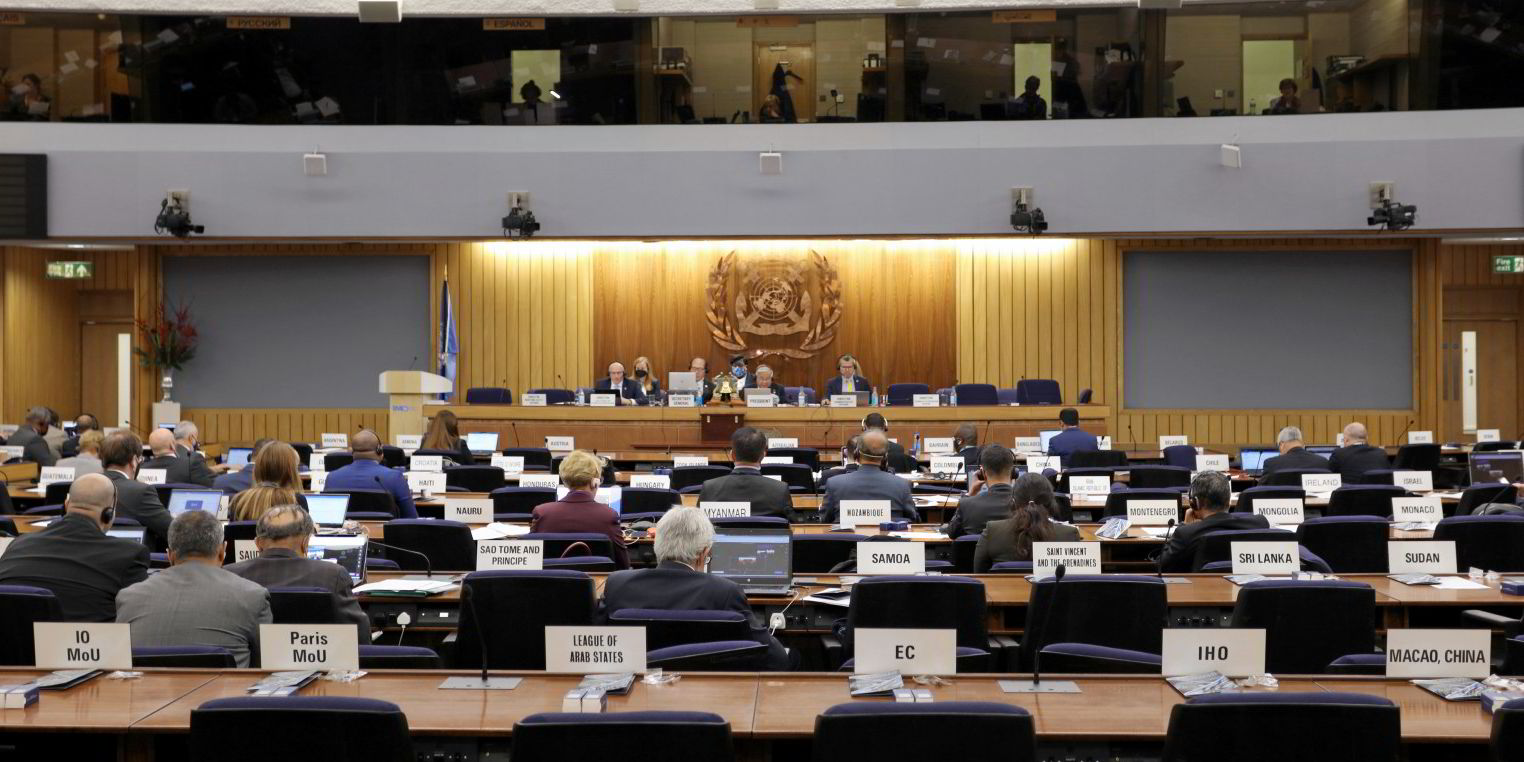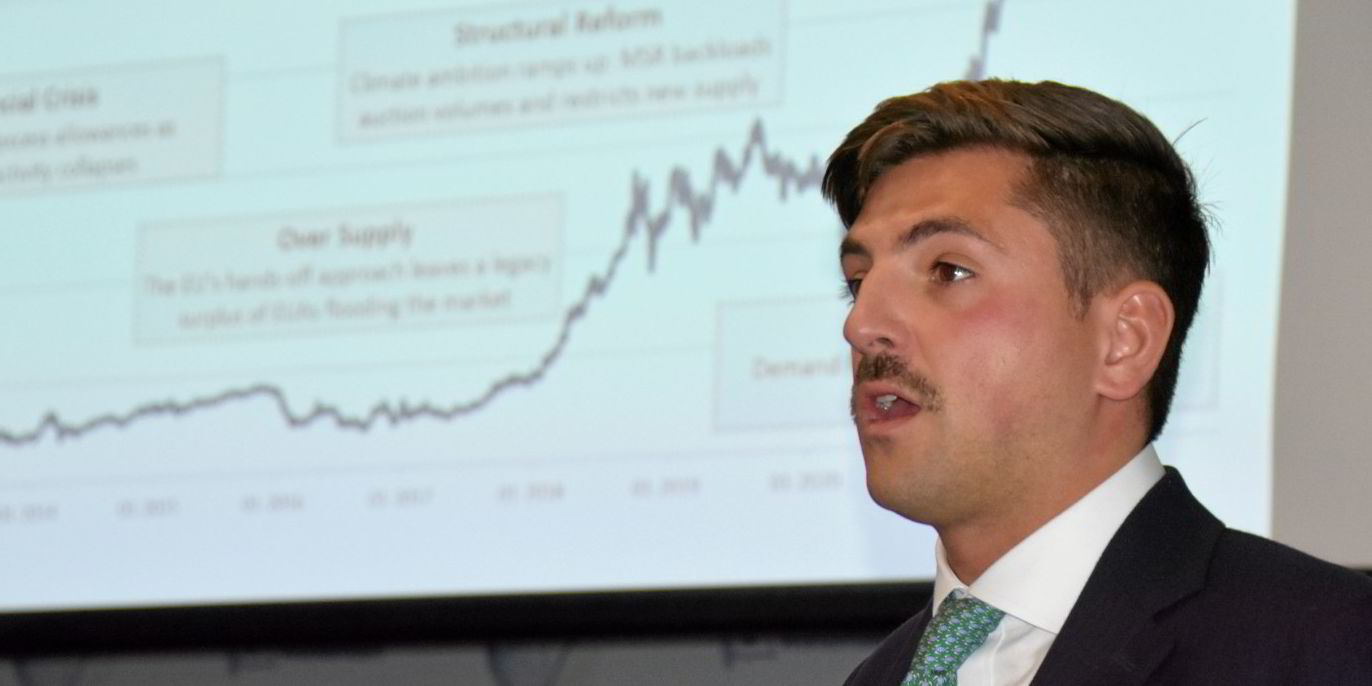Shipowner body Bimco is labouring to draw up a standard industry time-charter clause for trading under new carbon emission regulations due to take effect on 1 January but will not deliver before November.
That means charters going into the new year will not get the benefit of the much-anticipated Carbon Intensity Indicator (CII) clause.
When a shipowner sells the use of a vessel under a time charter, it is essentially giving the charterer the right to dictate where it goes and at what speed. But owners who need to avoid a bad score on carbon intensity will want to have some say about speed, route, and sometimes even destinations. The clause would aim to provide some clarity about the two parties’ prerogatives.
A Bimco official and a member of the drafting committee separately told TradeWinds that despite meeting weekly throughout most of the year, the committee still needs several rounds of meetings to reconcile the views of the shipowner and charterer representatives who have been collaborating on the proposed industry standard CII clause.
Bimco had said in April that it was planning to publish a CII clause the following month.
Now, the organisation expects to publish the clause shortly after a 16 November meeting in Copenhagen.
Stinne Taiger Ivo, director of contracts and support at Bimco, said the goal is to get a “fair and balanced clause” that also works well in practice.
“That’s taking a long time — to find that right balance, so we are quite sure that we will put it out there and it will be widely accepted by the industry,” she said in an interview for an upcoming TW+ edition focused on the International Maritime Organization’s carbon regulations.
Many owners and operators uncertain about the practical commercial effects of the CII have been looking to Bimco for clarity about how the burdens of decarbonisation will be shared with charterers after 1 January, when the new CII rules as well as the new Energy Efficiency Existing Ship Index (EEXI) regime come into effect.
Some operators have told TradeWinds that the uncertainty has been great enough to stall their first-quarter 2023 chartering programmes.
The same Bimco committee has already put pen to paper on two other model time-charter clauses related to decarbonisation, one last December covering EEXI rules and one this month on emissions trading system (ETS) allowances. But one of the drafters said the ETS allowance clause may have to be redone, thanks to the indecision of EU bodies about the underlying rules that clause is meant to address and the start date of the EU ETS itself.
The most important of the rules from the point of view of commercial ship operations and the most complex to put in practice is the CII because it will force shipowners to use operational means to achieve good ratings — varying cargo capacity, routing, choice of ports, and especially speed.
Compliance with the EEXI rules by contrast is likely to be achieved mostly by the brutal but simple mechanical means of installing engine or shaft power limitation devices.
In the absence of an industry-standard clause to regulate operational CII compliance, shipowners will have to go on improvising their own contract language to define the respective obligations and rights of charterers and owners — something that has already been happening, but where small shipowners are more at the mercy of large charterers.
Bimco drafting committee member Helen Barden, who is a senior solicitor at North P&I Club’s freight, demurrage, and defence department, told TradeWinds she has already seen and critiqued a number of club members’ in-house clauses addressing CII, a regime she characterises as “far from straightforward” by comparison with the EEXI.
Operational choices

The difficulty with the CII rules in their effect on operations is that they force operational choices, such as speed upon shipowners — or technically on document of compliance holders, which in many cases are third-party managers who act as agents of shipowners.
But shipowners are not traditionally the makers of such operational choices. Charterers are.
“The flexibility granted to the charterer under a time charter is broad, and owners have to follow charterers’ lawful orders. So there has to be some element of dialogue between shipowner and charterer under the CII, and there needs to be a contractual framework for that dialogue,” said Barden.
Barden expects a range of attitudes from charterers when owners propose CII language for charterparties, whether homemade or industry standard. The charterers represented on Bimco’s drafting committee are largely enlightened about the need for cooperation with owners in achieving decarbonisation goals.
“There are certainly some charterers who are very reluctant to give up their prerogatives under a time charter. But others understand that owners need cooperation from charterers in achieving these goals,” she said.
This article has been amended since publication to reflect that Bimco’s Novemb er documentary committee meeting will be held in Copenhagen.




